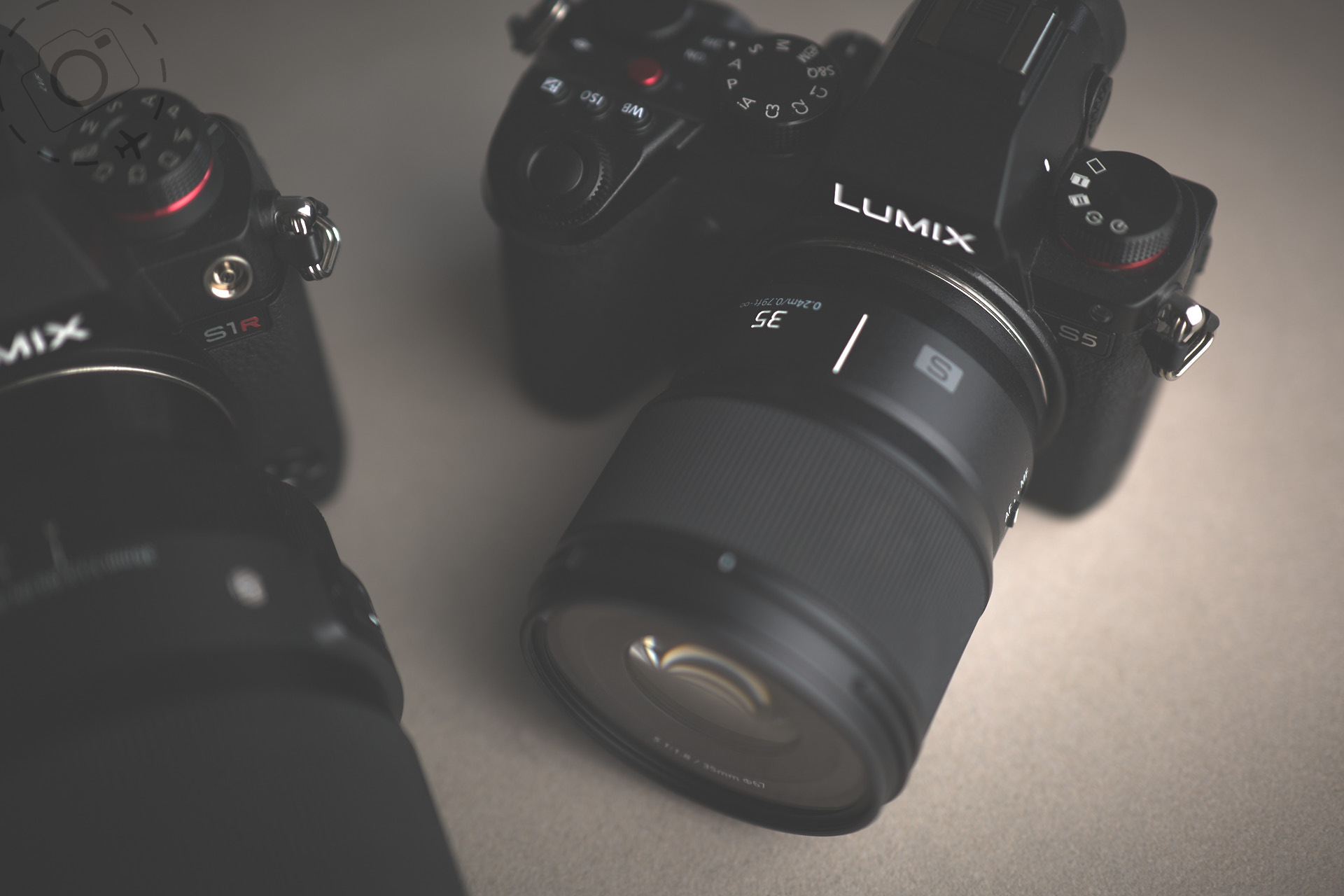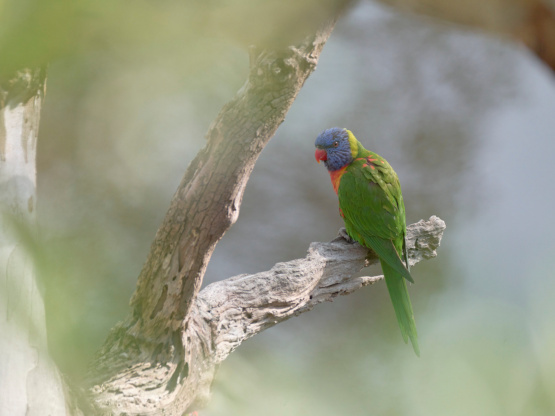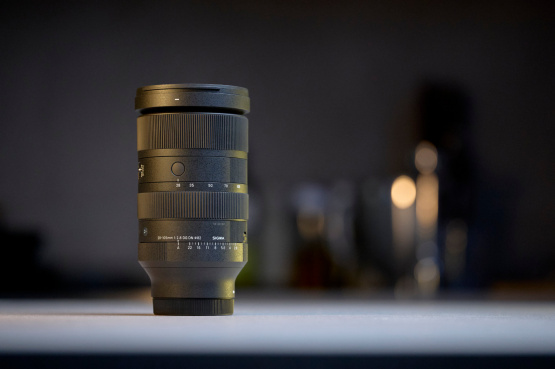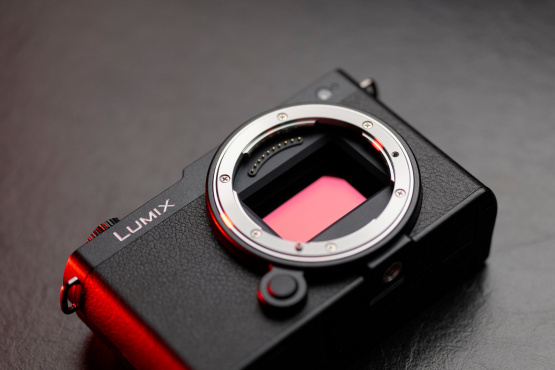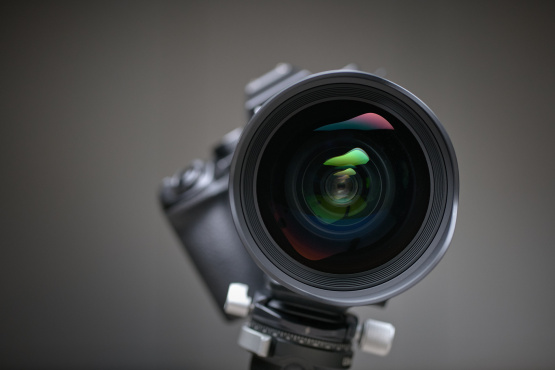35mm is a critical lens for our work. We can do so much with that perspective, giving us a little bit more context than a 50mm and yet avoid the perspective issues of getting up close with a 24mm. It's a look our clients really love, and we find a lot of creative freedom when working at 35mm prime.
Shadow depth of field is everything, so prime lenses on full-frame sensors is my happy place. Composition is so much easier when you can roll the background into bokeh, or shoot through a foreground and frame with soft elements.
There are a lot of good 35mm lenses out there, but there are two in particular that I'm very fond of.
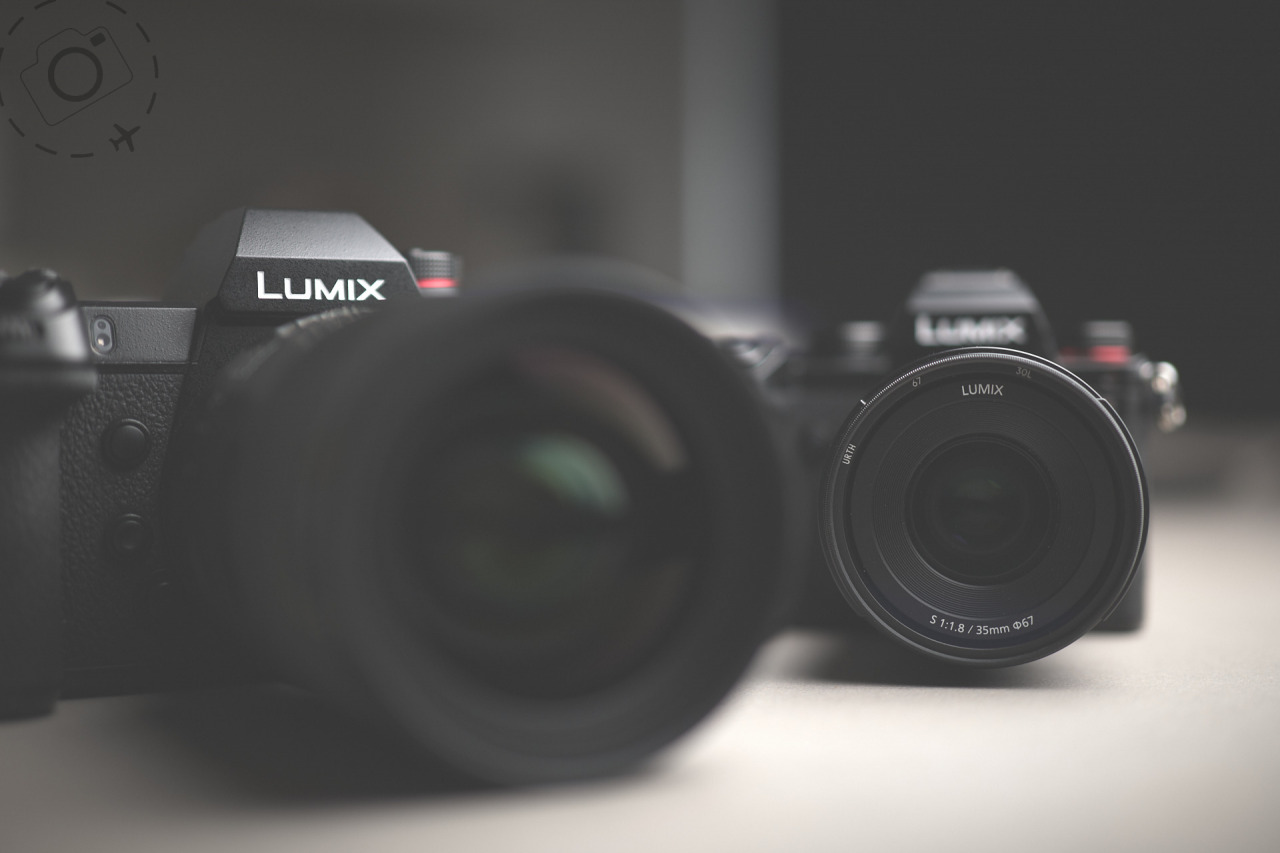
The first is a new lens design from Panasonic that is part of a video targeted series. They're extremely light, extremely small and yet still deliver full frame f/1.8 and snappy AF performance. There's also an 18mm, 24mm, 50mm and 85mm in the f/1.8 series all with similar weight and size to make swapping out lenses in a rig that much easier. Even the thread sizes are matched to Ø67mm on every one of the lenses. This is the lens series we used in Nepal and learned to love so much for both video and stills.
The second is a beastly bokeh monster from Sigma, an f/1.2 prime. I've owned this one for over a year and mostly we work it in the studio. Coupled with the 47MP the Lumix S1R the results are incredible. Very good close focus ability makes it a fun lens for food photography, for something a bit different to our usual 50mm perspective. The AF on this is also killer good even in dreadful light. As I came to appreciate on a very difficult shoot recently with a high-profile client who had brought me in to make some magic in a dreadful location that every other photographer they hired had failed.
These two lenses represent the extreme points on a continuum, each at either end. They both offer a very different experience to shoot with, and hence different results. We often focus too much on whether a lens will get you a certain shot or image, and not enough on what perspective best expands your creative flow. When travelling light the f/1.8 option paired with the tiny LUMIX S5 is such a winning combination with very little compromise. When working chaotic scenes that make it hard to extract clarity for your subject, the option to push all the way through to f/1.2 is a major win.
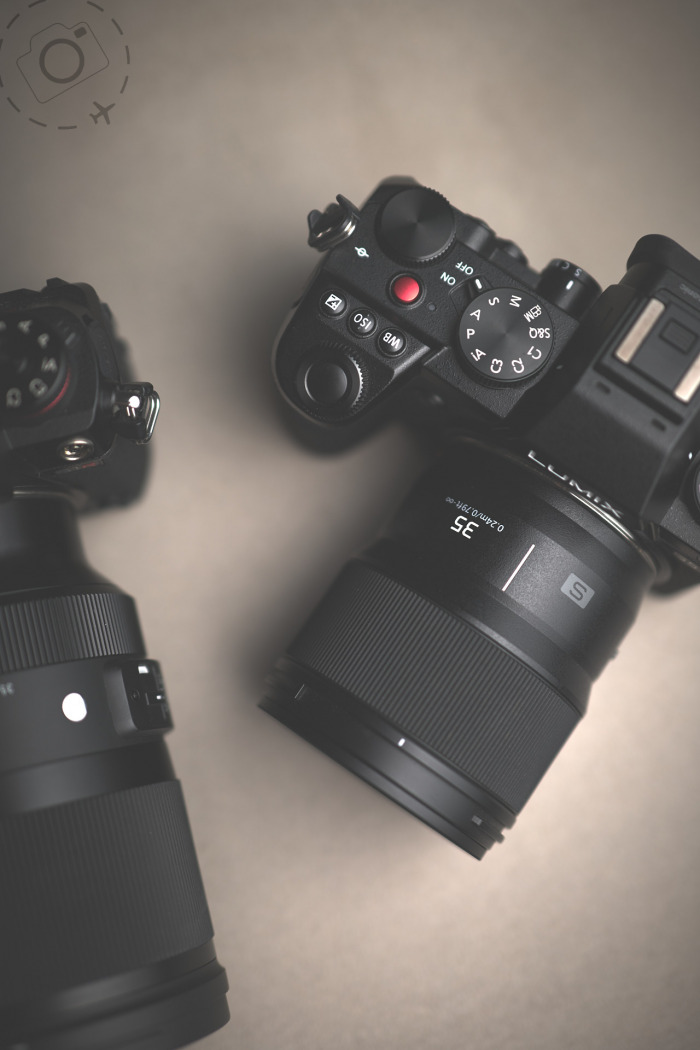
If you love bokeh you will love the Sigma 35mm f/1.2. I don’t often push all the way wide open, because f/2 is the sweet spot for so much of my work – But not all. Sometimes you end up too far back from the subject, and even f/2 doesn’t give you enough separation from everything else. Having the option to push to f/1.2 often means I can work a sweet amount of bokeh into that wider scene, bokeh that a regular lens wouldn’t offer.
Having travelled for a month with the LUMIX S5 and the f/1.8 primes, I can attest that there’s a lot of bokeh joy on offer even at f/1.8 or f/2. This goes for 35mm, but also the 24mm and 50mm lenses I travelled with. And when you’re on the road it’s more important for me to have room in my bag for an extra lens or camera body than it is to push to f/1.2 every so often. I literally had three cameras and four lenses in my pack, plus room for a drone and other kit. That’s a huge advantage.
I've owned a few very good 35mm f/1.4 lenses in my time, including the superb Sigma EF mount when they first began the Art series. Having an f/1.2 is a tad indulgent, but a rewarding indlugence. Having an f/1.8 that weighs less than 300g is a whole other kind of luxury again. Which of these divergent designs is going to spark joy for you depends on what your photographic experience is all about. Light and bright, versus brilliant bokeh. There’s a lot to love in either direction.
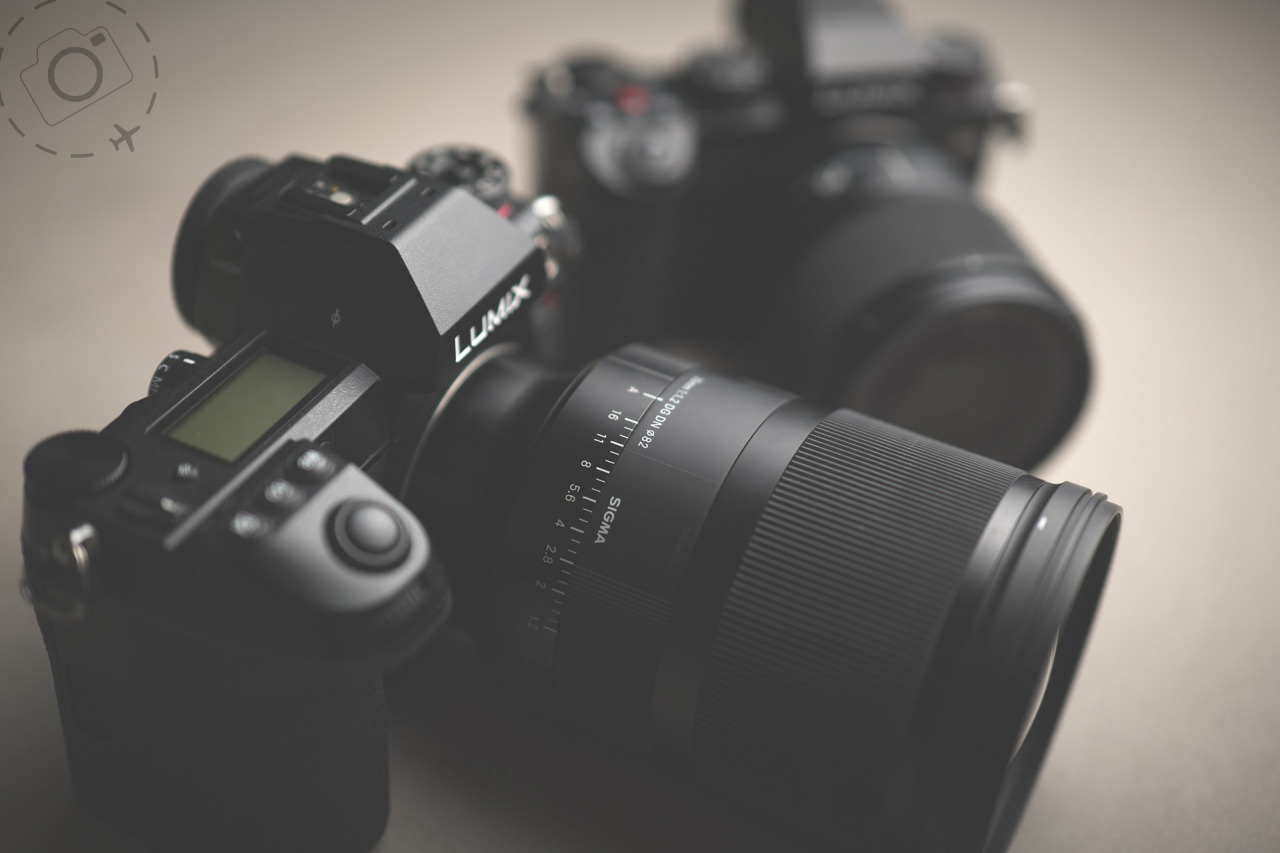
? Sigma AF 35mm f/1.2 DG DN Art Lens
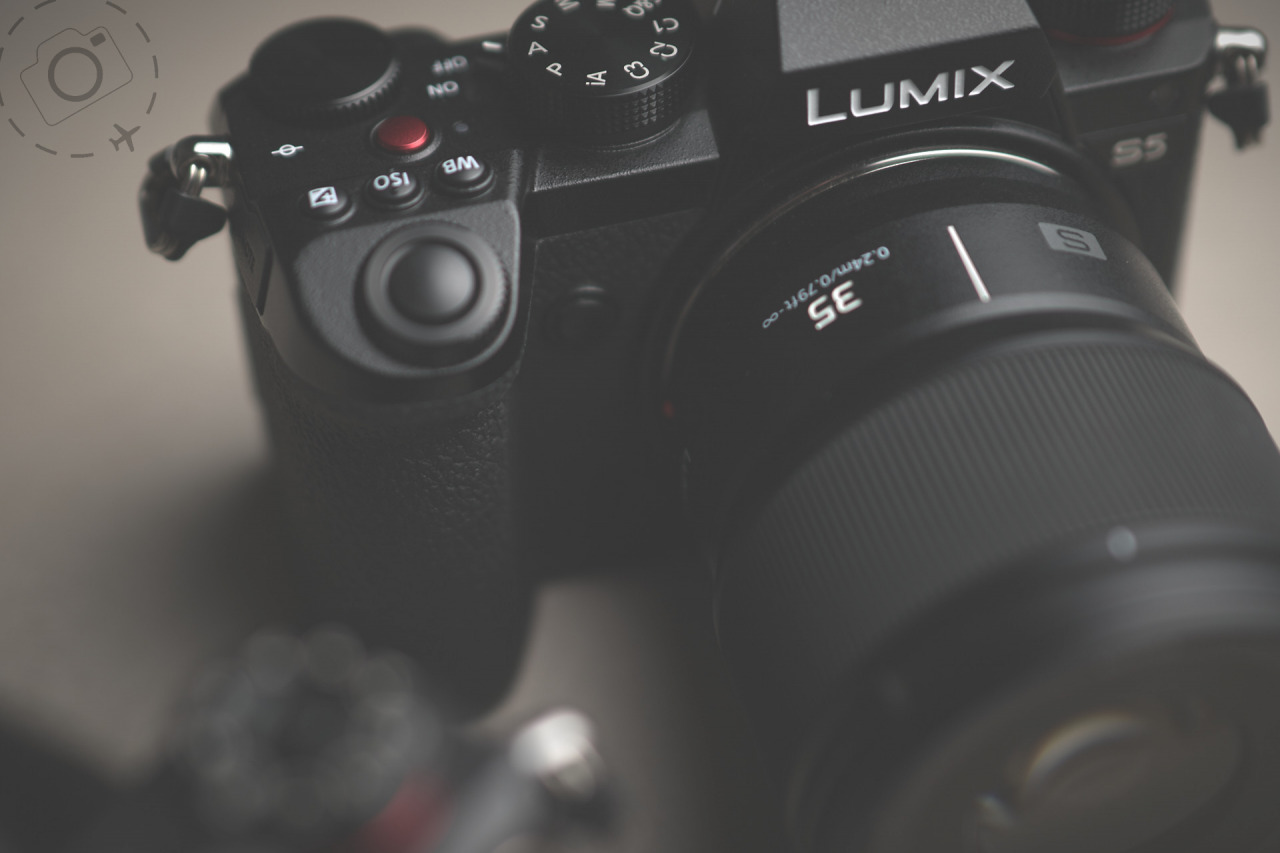
? Panasonic Lumix S 35mm f/1.8

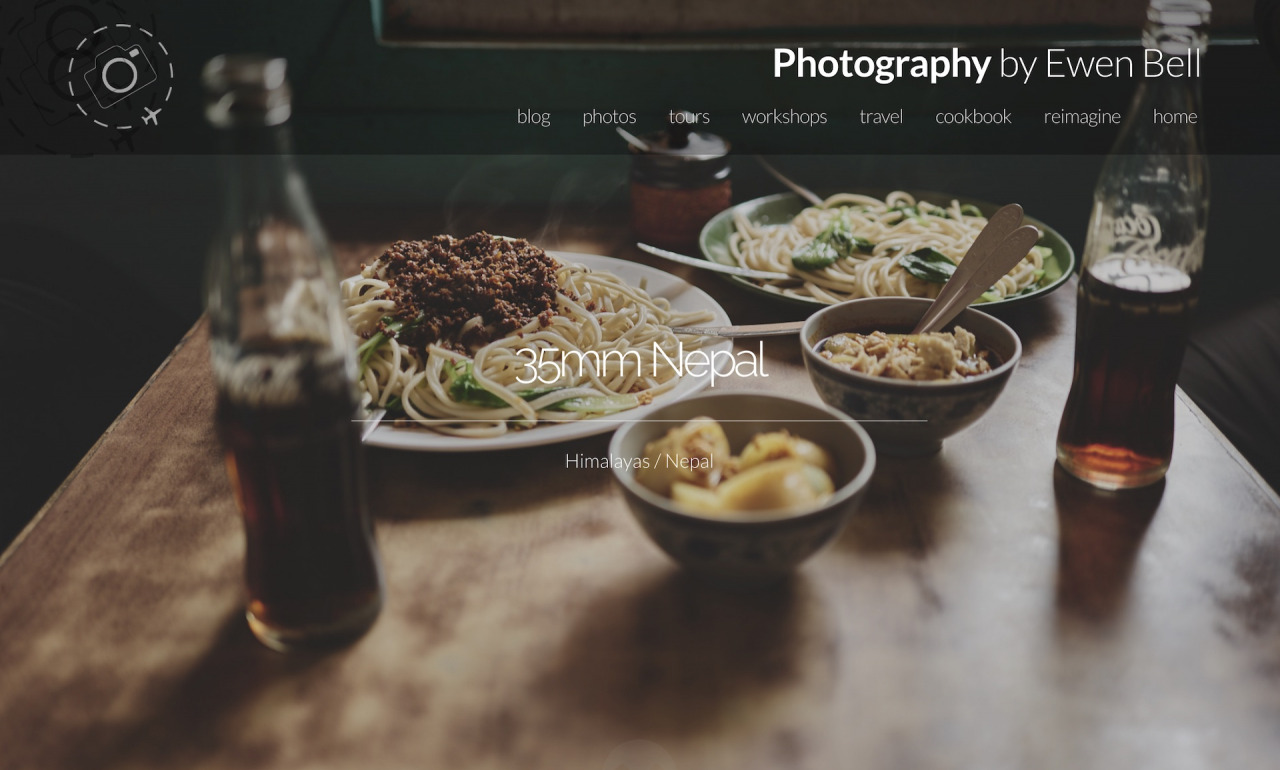
Photo essay from Nepal shot on the LUMIX S 35mm F1.8 (S-S35) / by Shellie Froidevaux
https://ewenbell.com/editorial/35mm+Nepal
?
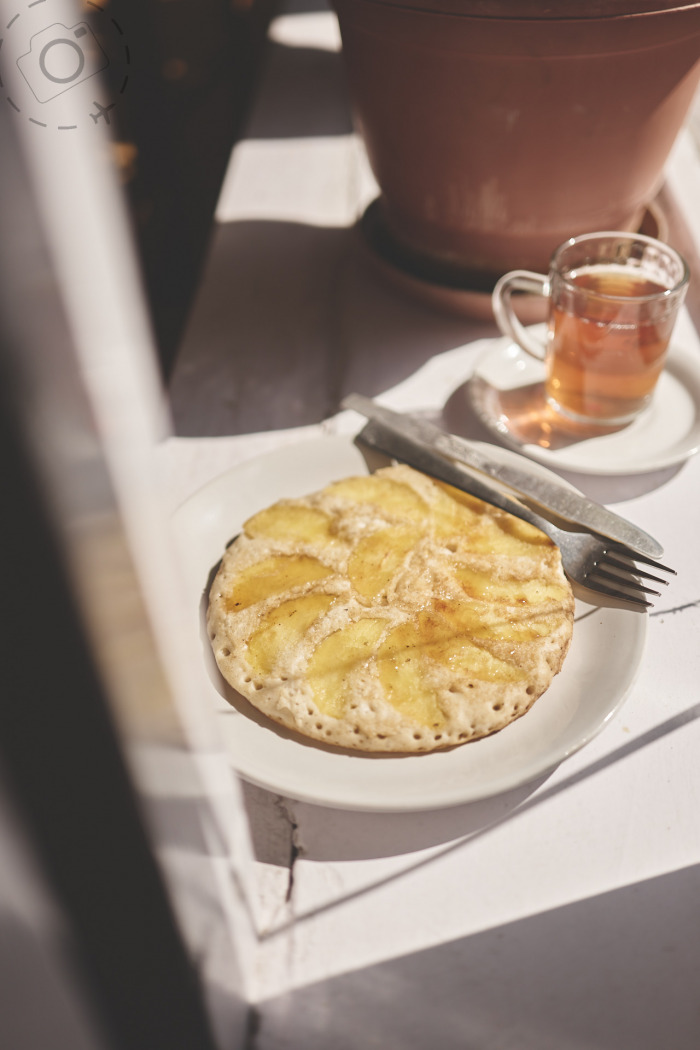
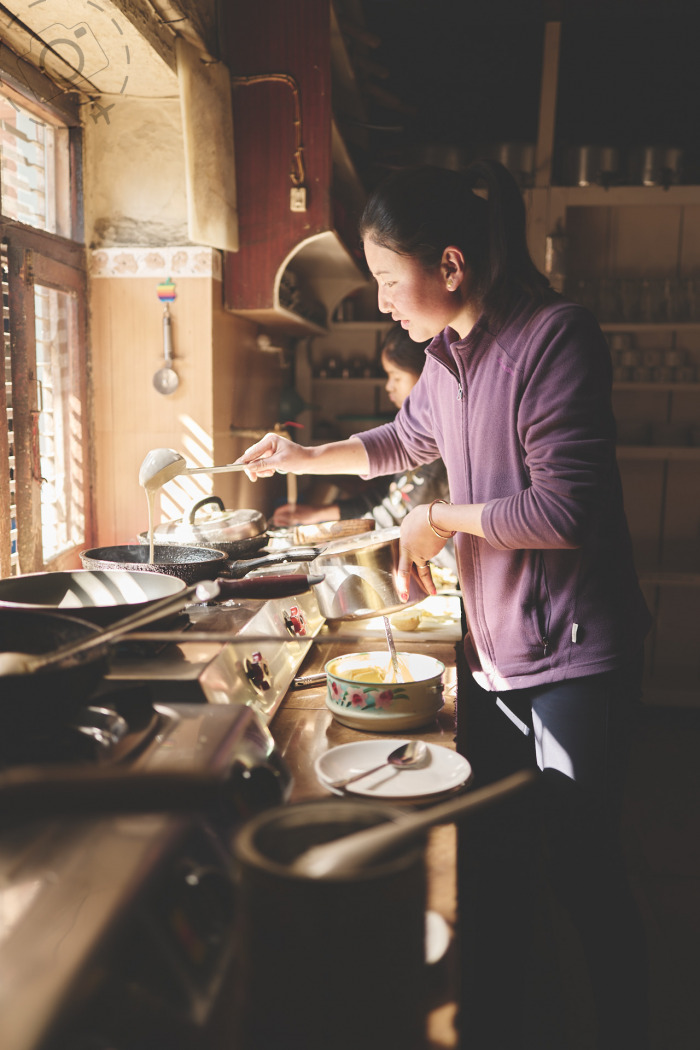
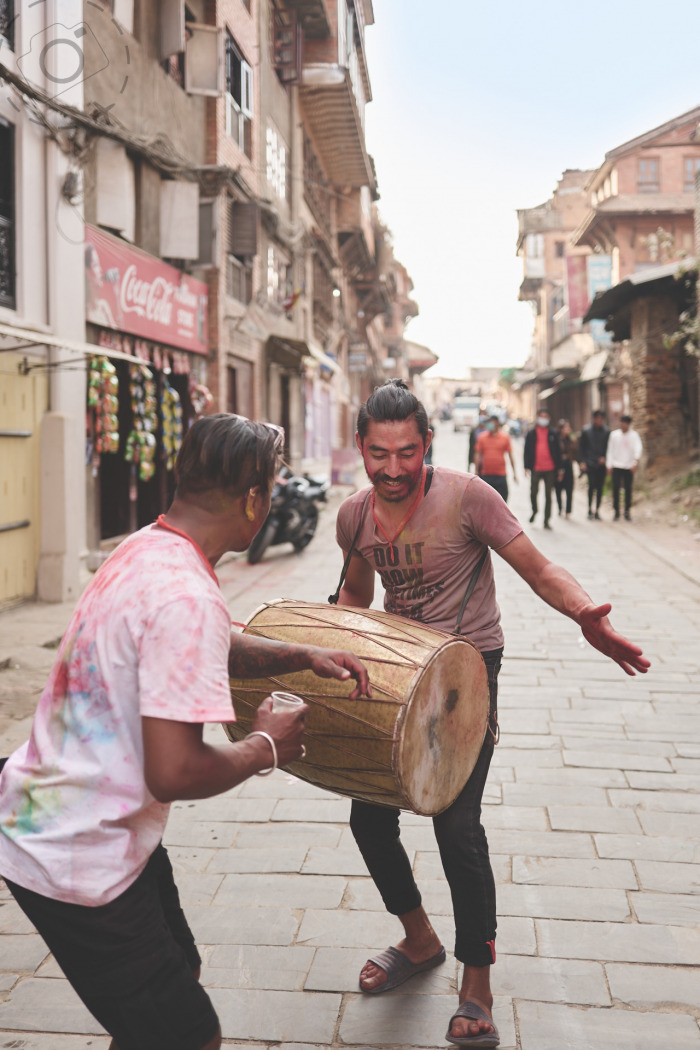

Video from our Nepal journey captured on the f/1.8 S-series lenses
https://beyourbest.tours/slowtravel-nepal/

Keep Reading
Join Ewen's newsletter for monthly updates on new photography articles and tour offers...Subscribe Here

